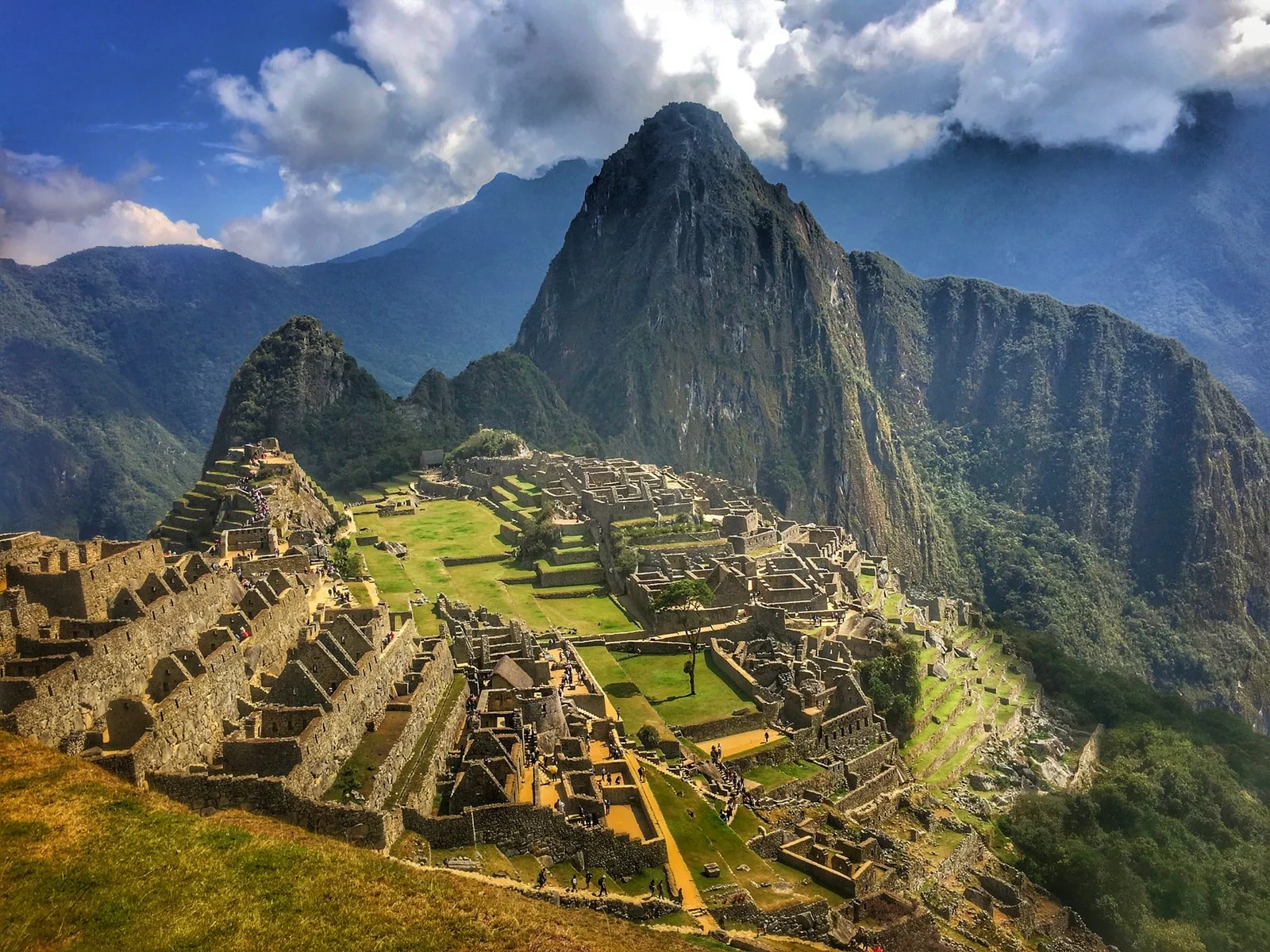The Inca Trail 4 Days is a popular hiking trail that passes through several ancient Inca ruins, including the famous Machu Picchu. As such, there are certain regulations that visitors must follow to help preserve the trail and its surrounding environment. Here are some of the key Inca Trail regulations:
- Permits: To access the Inca Trail, visitors must have a permit issued by the Peruvian government. Permits are limited, and it’s important to book well in advance to secure a spot.
- Group size: To help reduce the impact on the trail, groups are limited to a maximum of 16 people, including guides and porters.
- Trail closures: The Inca Trail is closed for maintenance every year during February.
- Waste management: Visitors are required to carry out all their rubbish, including toilet paper, and leave no trace behind.
- Camping restrictions: Camping is only permitted in designated campsites along the trail, and visitors must not camp or light fires in areas not designated for camping.
- Porters: Tour operators must adhere to the weight limit for porters, and porters must be provided with adequate equipment, clothing, and food.
- Cultural respect: Visitors are expected to show respect for the cultural heritage of the area and its inhabitants.
- Trekking regulations: Visitors are required to follow the designated trail and to respect the natural environment, including not disturbing wildlife or damaging flora.
- No drones: The use of drones on the Inca Trail is prohibited.
It’s important to note that these regulations are subject to change, and visitors should check with the appropriate authorities or tour operator for the most up-to-date information. By following these regulations, visitors can help preserve the Inca Trail and ensure that it remains a beautiful and unique destination for generations to come.
Inca Trail Permits
To hike the Inca Trail, visitors must obtain a permit issued by the Peruvian government. The permit system is designed to limit the number of visitors on the trail and to help preserve the environment and cultural heritage of the area.
Here are some important things to know about Inca Trail permits:
- Permit availability: The Peruvian government issues a limited number of permits for the Inca Trail each day, including permits for visitors and permits for guides and porters. As a result, it’s essential to book your permit well in advance to ensure availability.
- Booking process: Inca Trail permits can only be obtained through an authorized tour operator, and visitors must provide their passport details and other relevant information to secure a permit. It’s important to choose a reputable tour operator that follows responsible tourism practices.
- Permit types: There are two types of Inca Trail permits available: a standard permit that allows visitors to hike the full trail over four days, and a short permit that allows visitors to hike a shorter section of the trail over two days. The short permit is only available during certain months of the year.
- Permit restrictions: Inca Trail permits are non-transferable and non-refundable. Visitors must also present their original passport, along with their permit, at the start of the trek.
- Trekking without a permit: Trekking the Inca Trail without a permit is illegal and can result in hefty fines, expulsion from the trail, and even deportation.
It’s important to note that the Inca Trail is closed for maintenance every year during February, and permits are not issued during this time. Additionally, the COVID-19 pandemic has resulted in some changes to the permit system, and visitors should check with the appropriate authorities or tour operator for the most up-to-date information.
What to do on the Inca Trail
The Inca Trail is a beautiful and historic hiking trail that passes through several ancient Inca ruins, including the famous Machu Picchu. While the primary activity on the trail is hiking, there are several other things to do and see along the way. Here are some suggestions:
- Explore the ruins: The Inca Trail passes through several ancient Inca ruins, including Wiñay Wayna and Intipata. Take the time to explore these ruins and learn about the history of the Inca civilization.
- Enjoy the scenery: The Inca Trail offers stunning views of the Andes Mountains and the surrounding landscape. Take plenty of breaks to appreciate the natural beauty of the area.
- Meet the locals: The Inca Trail passes through several small villages and communities, giving visitors the opportunity to meet local people and learn about their way of life.
- Try the food: Many tour operators offer meals as part of their Inca Trail packages, giving visitors the opportunity to try traditional Peruvian cuisine. Be sure to try dishes like ceviche, lomo saltado, and pisco sour.
- Take photos: The Inca Trail offers many opportunities for beautiful photos, from the ruins to the stunning landscapes. Make sure to bring a camera and take plenty of pictures to remember your trip.
- Practice responsible tourism: As with any travel experience, it’s important to practice responsible tourism on the Inca Trail. This includes carrying out all trash, respecting the natural environment, and showing respect for the local culture and heritage.
Overall, the Inca Trail offers a unique and rewarding hiking experience, with plenty of opportunities to learn, explore, and appreciate the natural and cultural beauty of the area.

